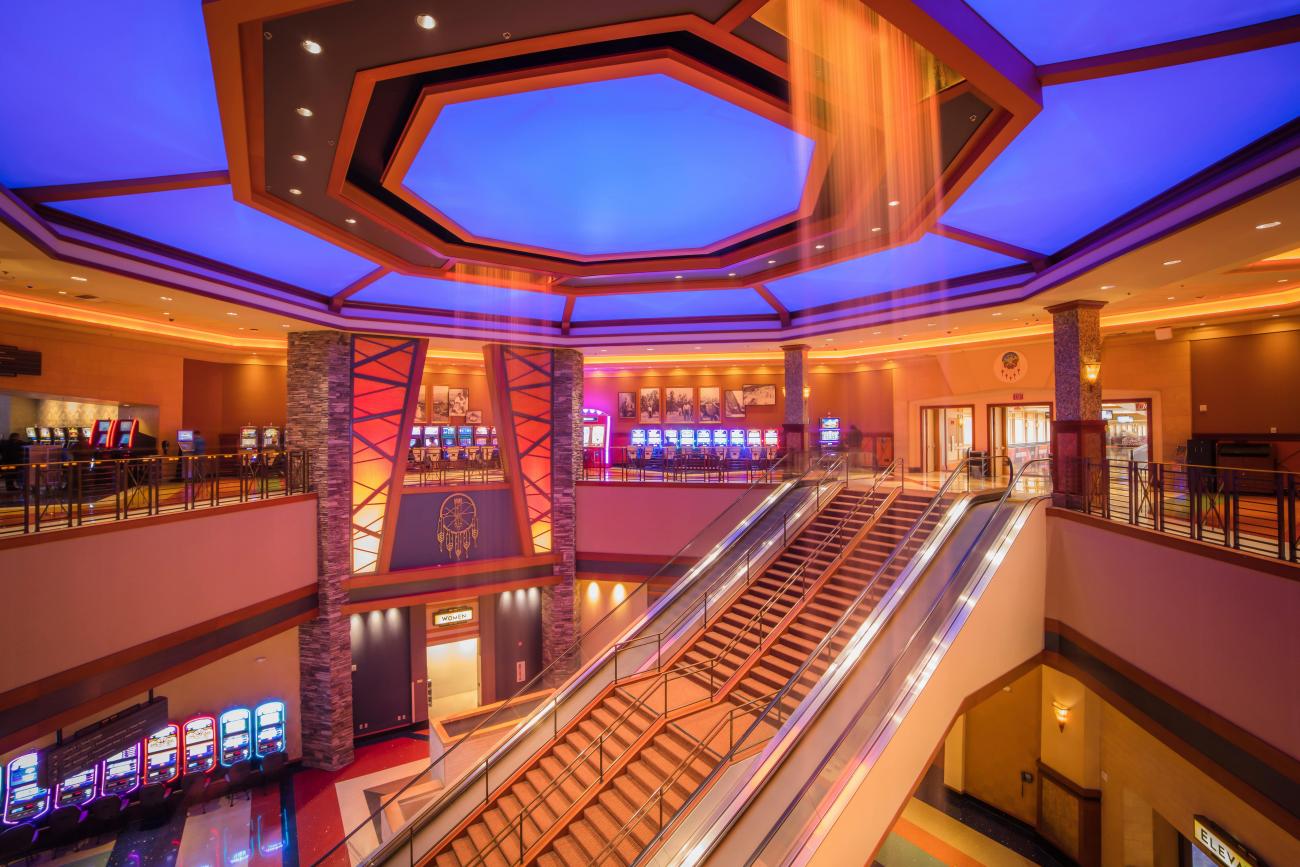
Manga has captivated audiences around the globe with its vibrant storytelling and unique artistic flair. Originating from Japan, this unique form of comic art combines intricate visual styles with compelling narratives, making it a prominent cultural phenomenon. As readers delve into the vast world of manga, they encounter a variety of art styles, each conjuring different emotions and themes, reflecting the wide-ranging stories that this medium offers.
Comprehending the different art styles in manga not only enriches the reading experience but also provides insight into the characters and the worlds they inhabit. From the traditional shonen with its bold lines and energetic characters to the gentler, more detailed aesthetics found in shoujo, each style has its own charm and appeal. This visual guide aims to explore the countless of techniques and characteristics that define manga, assisting both newcomers and seasoned fans value the artistry that breathes life into these stories to life.
Popular Comic Artwork Techniques
Comic books encompasses a varied range of art forms that reflect the imagination and cultural impact of its artists. One of the most recognizable styles is Shounen, which is often marked by energetic characters, strong lines, and a emphasis on action and excitement. This style appeals to younger readers and includes series like Naruto and One Piece, where heightened expressions and powerful poses convey the intensity of battles and emotions.
On the flip side, Shojo manga presents a gentler style with fine lines and intricate backgrounds, often aimed at a younger female demographic. This style highlights romance, relationships, and personal growth, featuring characters with big, emotive eyes that emphasize their feelings. Popular Shojo series like Sailor Venus and Host Club of Ouran High show this art style, captivating readers into magical worlds of romance and bonds.
Seinen and Josei manga are styles that cater to mature audiences, featuring adult-oriented themes and complex characters. Seinen is aimed at men and tends to have a less exaggerated portrayal of the real world, showcasing emotional depth and complex storytelling. Meanwhile, Josei focuses on the lives and relationships of female characters, often with a more realistic perspective. Comics such as Berserk and Nana illustrate the uniqueness of these styles, appealing to readers who look for a more profound narrative and a sophisticated artistic style.
Character
Creating characters in anime involves a varied array of methods that make characters to life and keep them distinct. One essential approach is the use of distinctive silhouettes. Artists often design distinct shapes for their characters that immediately convey their characteristics or function in the story. This technique not only helps in differentiating characters from one another but also assists in visual narrative, as viewers can glean information about the character simply from their outline.
Another effective method employed in manga character design is the utilization of exaggerated features. Artists frequently heighten certain attributes, such as eyes or hair, to evoke specific traits or characteristics. For example, large, sparkling eyes may signify purity or excitement, while pointed, angular features might imply a more threatening character. This amplification helps to rapidly communicate the essence of the character to the reader, making it simpler for readers to establish connections with them.
Lastly, color palette plays a significant role in character design. The selection of colors can provide understanding into a character’s personality, emotional state, and even their connections with other characters. Bright and cheerful colors might suggest a cheerful disposition, whereas darker hues can indicate mystery or threat. By thoughtfully selecting colors, manga artists can enhance the impactful effect and visual appeal of their characters, making them more appealing for the audience.
Pigmentation and Shading Methods
In the world of manga, pigmentation and shading are vital methods that make the artwork to life. Traditional comic art often uses black and white tones, but many artists adopt digital tools to add lively colors. The use of solid colors is frequent, where large areas are painted with a solid hue to create a striking contrast with the intricate line work. This approach maintains the clearness of the illustration while boosting the visual effect, making the characters and scenes stand out.
Shadowing in manga usually employs techniques such as screentone application, cross-hatching, and gradient fills. Tones, a staple in manga creation, are adhesive sheets with textures that artists utilize to achieve diverse textures and shading effects. Cross-hatching involves layering lines to create depth and richness, adding a sense of truth to hair, clothes, and backgrounds. Artists may also use shade shifts, transitioning from illuminated to dark, to simulate light and shadow, fostering a more active and 3D appearance.
Software tools have changed tinting and shading methods in modern manga, allowing for more experimentation and productivity. 888b Software such as Adobe Photoshop offers a variety of brushes and effects, giving artists the power to mix colors effortlessly and apply complex textures. This technological shift facilitates rapid adjustments, enabling artists to explore their imagination without the limitations of traditional media. As a consequence, the contemporary manga landscape is increasingly multifaceted, showcasing various tinting styles that cater to varied aesthetic choices.